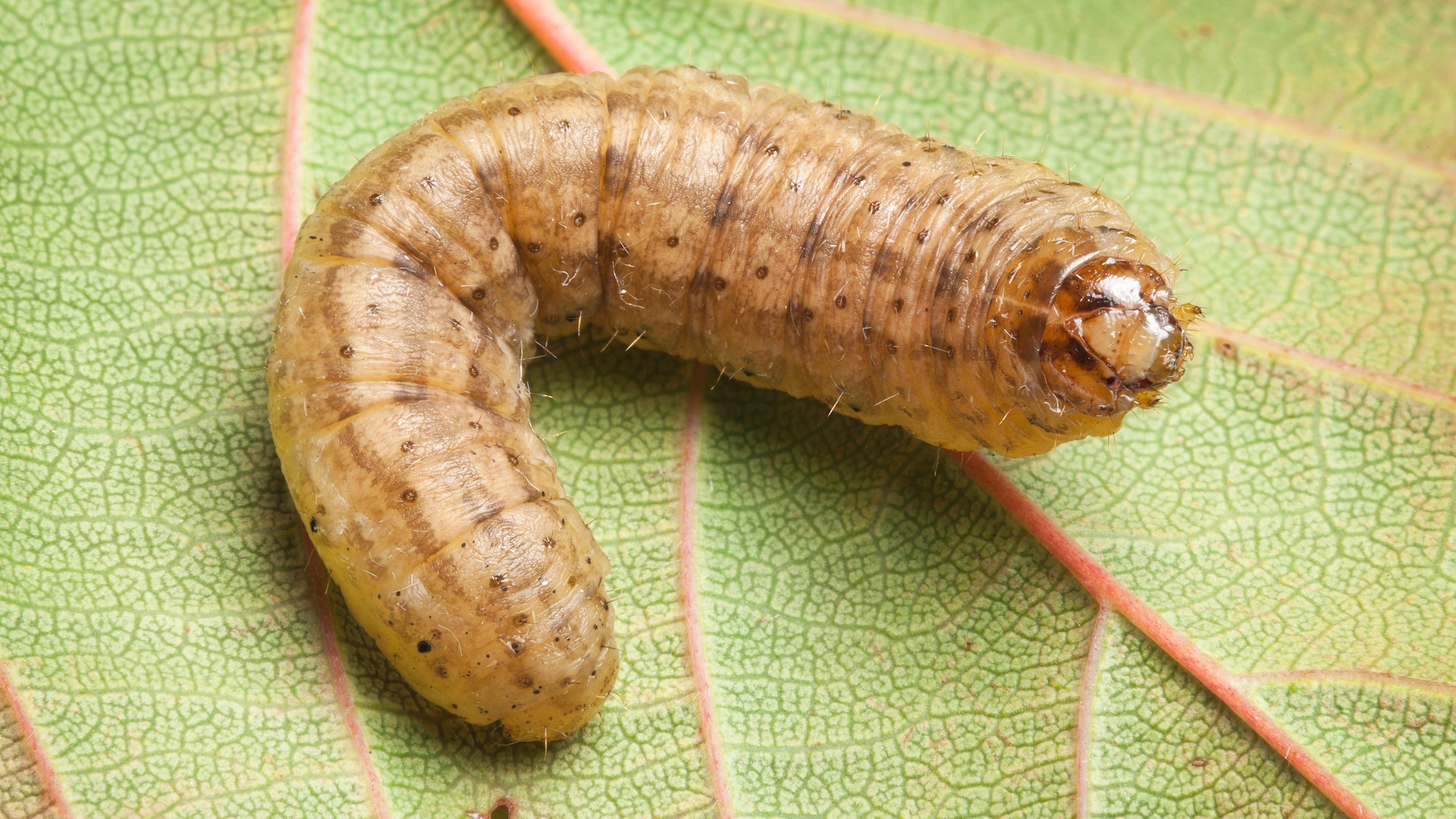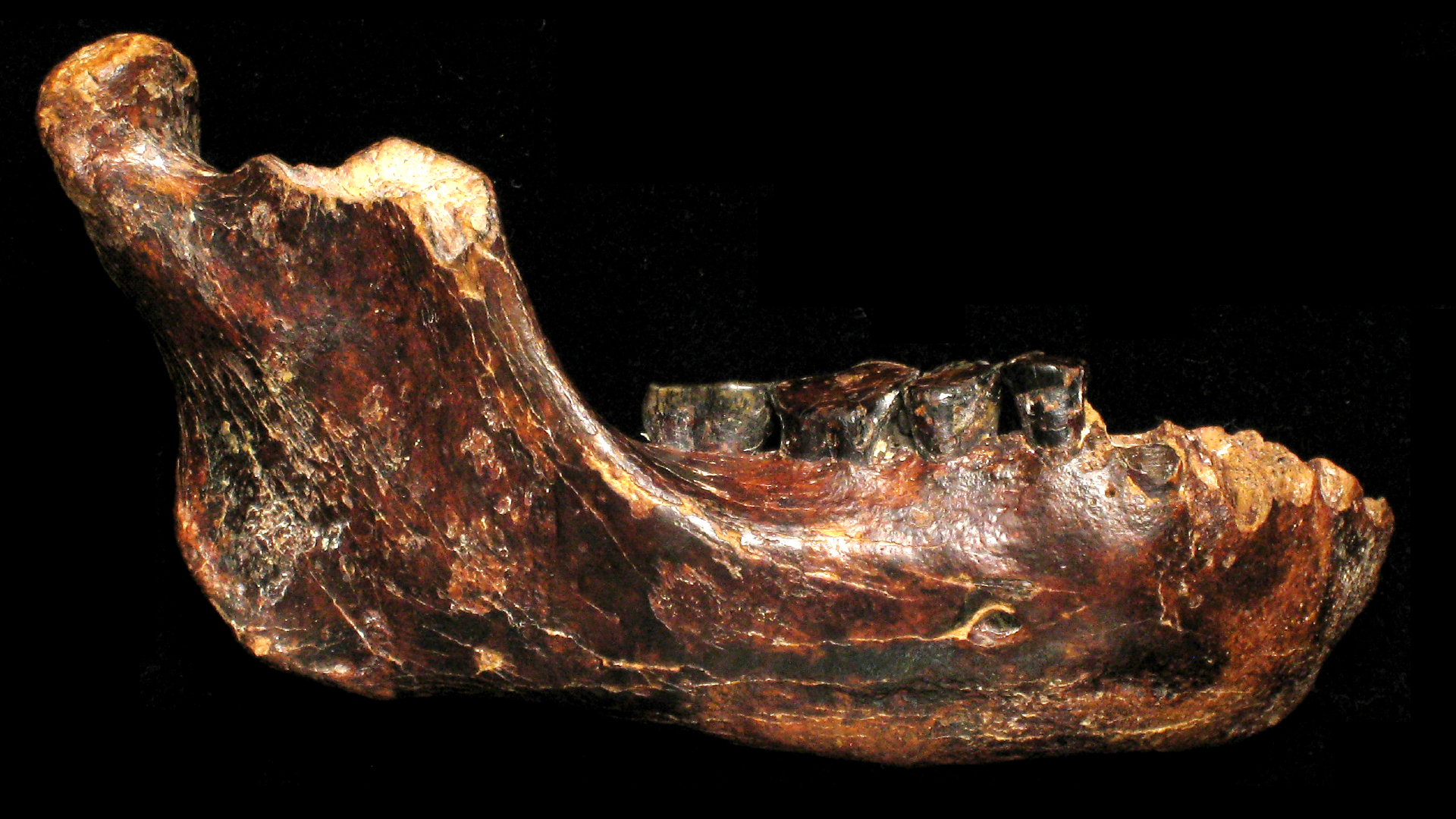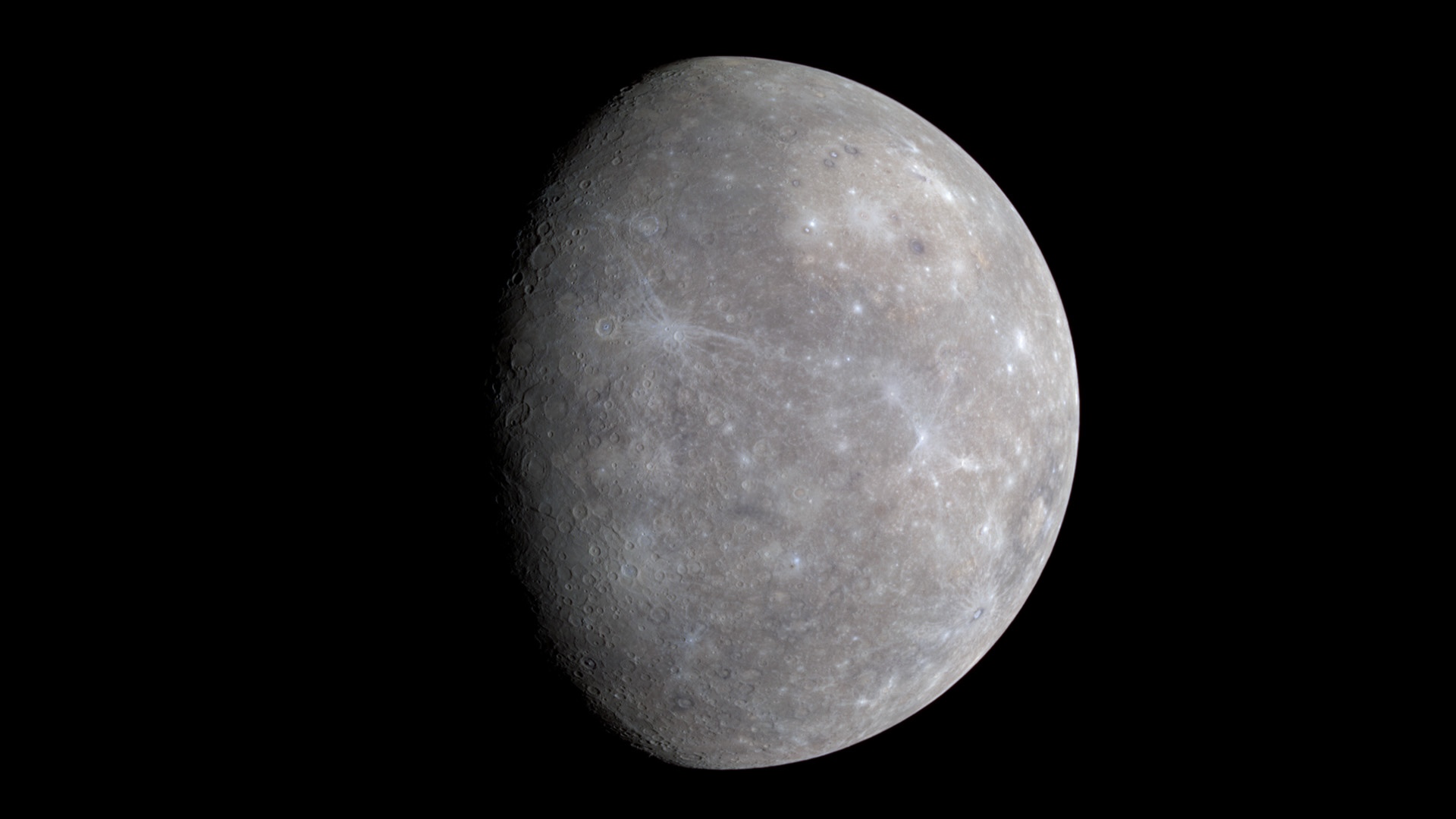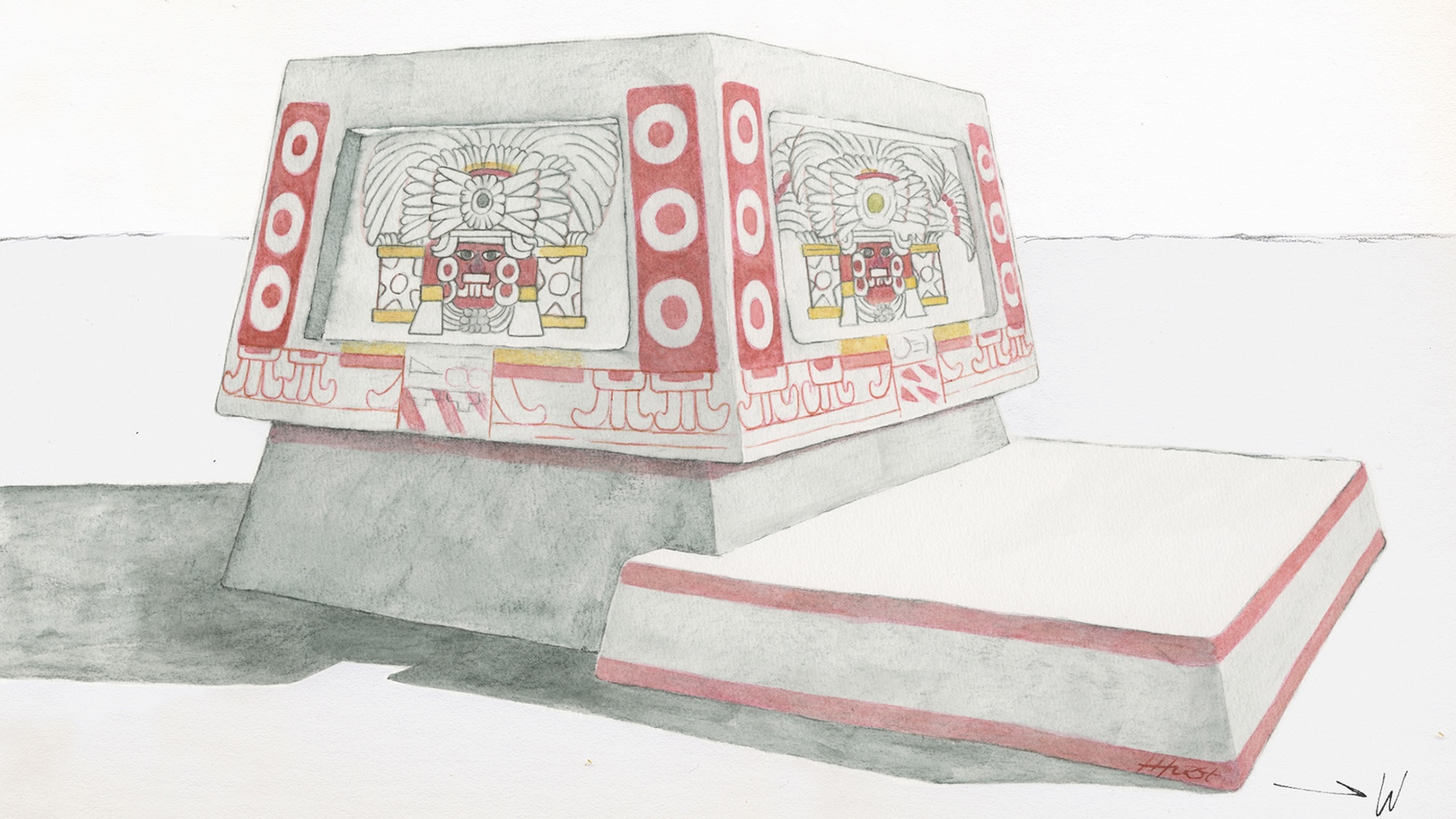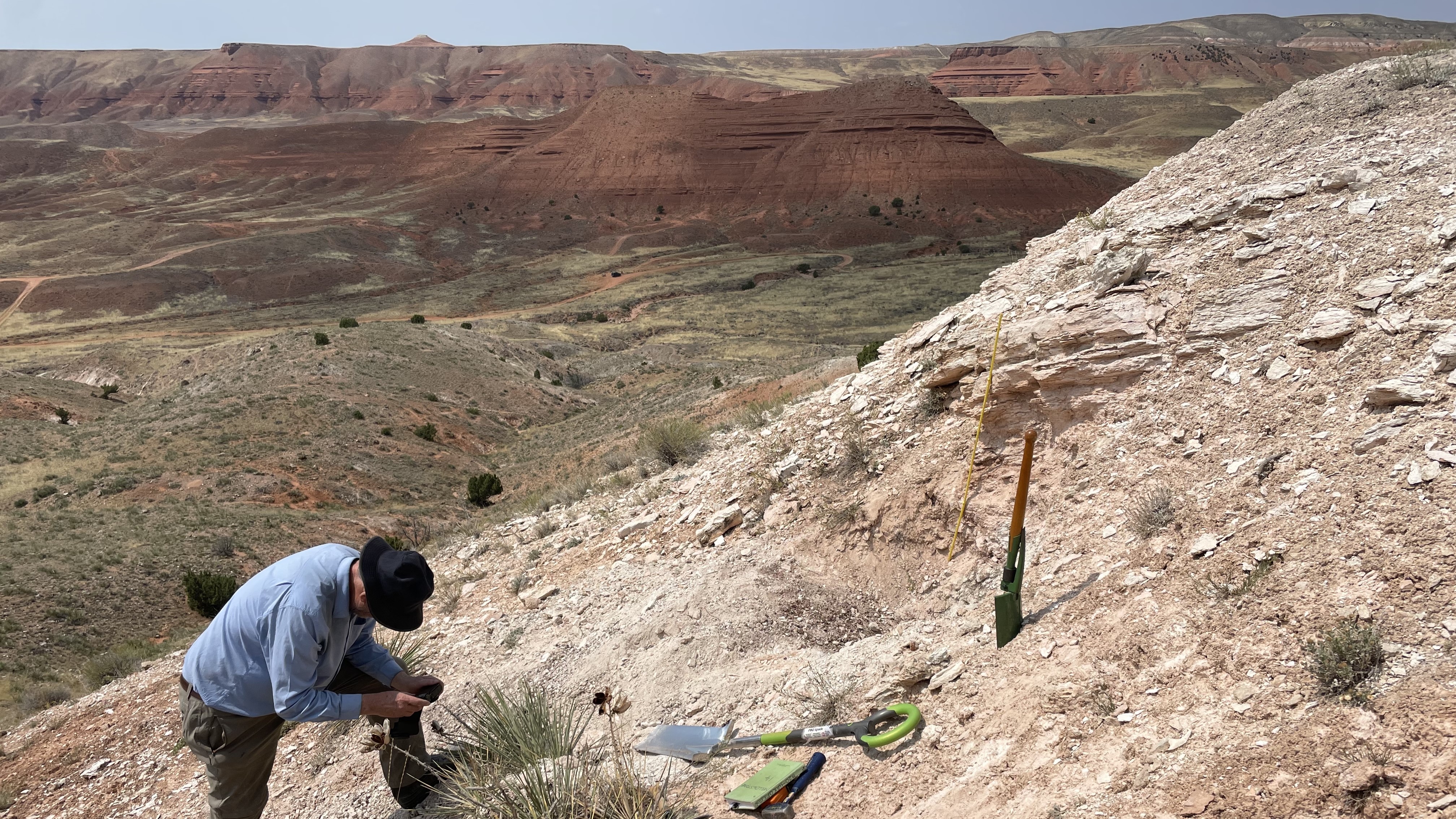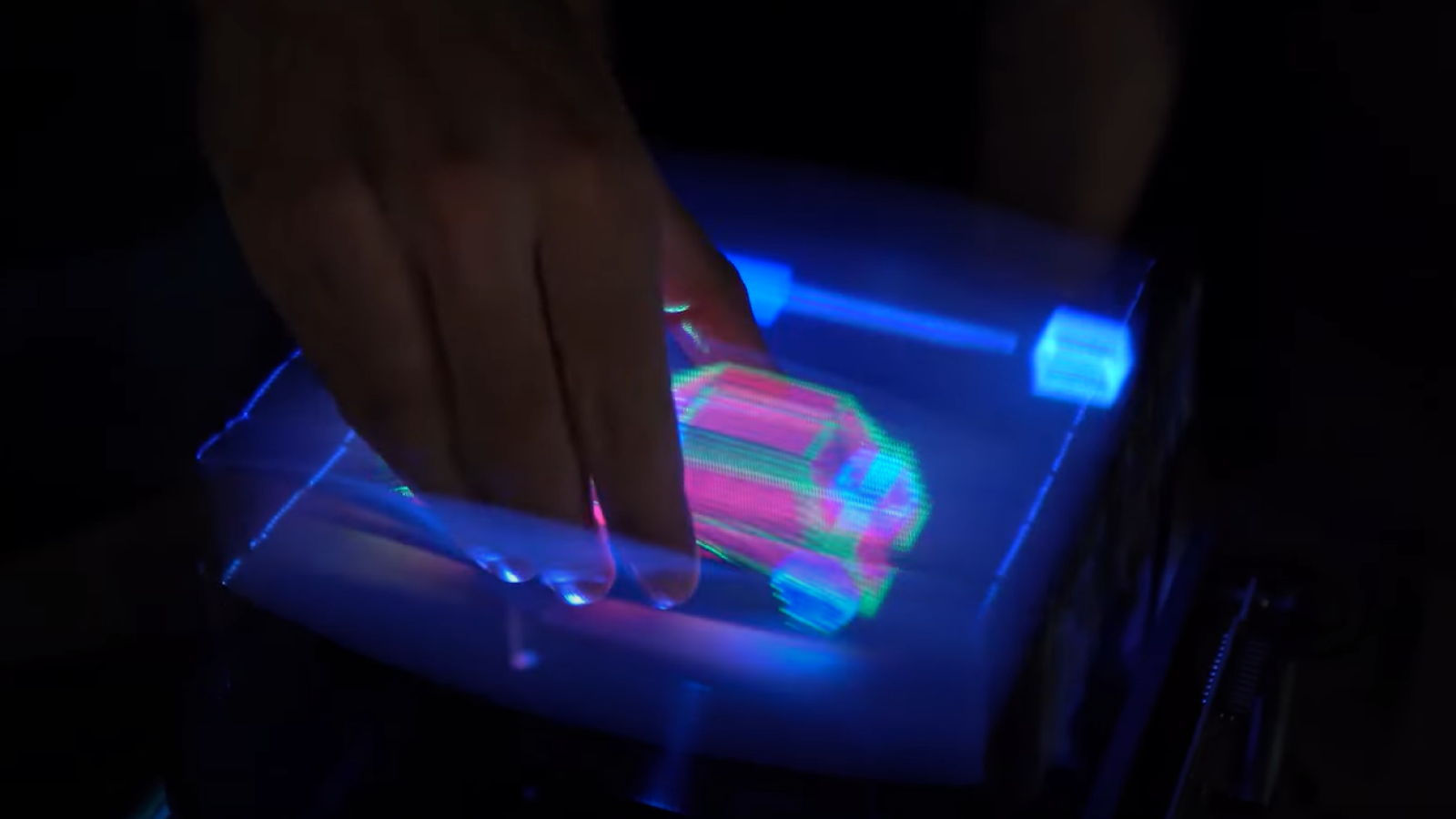World's largest-ever bead stash found in 5,000-year-old 'Ivory Lady' tomb in Spain
More than a quarter million beads found in a tomb with female skeletons were used to decorate the women's ceremonial dresses, suggesting they were powerful leaders five millennia ago.
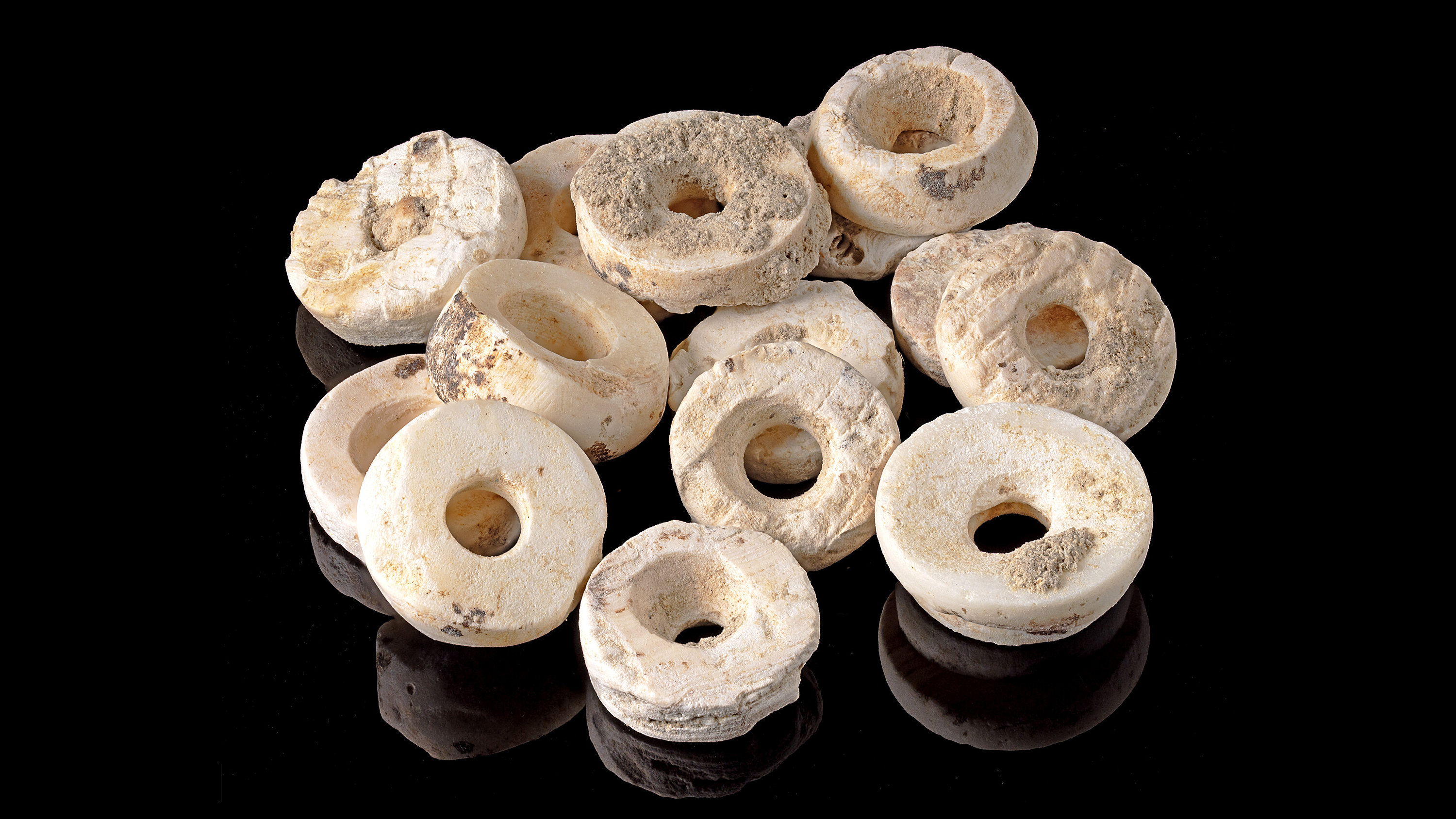
More than 270,000 delicate shell beads recovered from the nearly 5,000-year-old "Ivory Lady" tomb in Spain represent the largest collection of beads ever found in the world, according to archaeologists. The beads were part of elaborate dresses made out of linen and adorned with ivory and amber pendants, suggesting they were made for a select group of high-status women.
Archaeologists excavated a large tomb, known as the Montelirio tholos burial, between 2010 and 2011 at the Valencina mega-site, located 3.7 miles (6 kilometers) from Seville. Valencina is a large Copper Age settlement, and the tholos tomb was used from about 2800 to 2600 B.C. Within the tomb, archaeologists discovered eight skeletons, seven of which were female.
"This type of tomb is not common in Iberia," Samuel Ramírez-Cruzado, a geoarchaeologist at the University of Seville in Spain, told Live Science in an email, and "it is not normal in Iberia that the majority of human bodies inhumated in a single place are female."
To fully understand this unique tomb, Ramírez-Cruzado and colleagues spent five years meticulously studying its contents. They published their findings Jan. 29 in the journal Science Advances.
The researchers carefully cleaned all of the tiny, disc-shaped beads, which weighed around 33 pounds (15 kilograms) altogether. In total, there were more than 270,000 individual beads. This figure, they wrote in their study, "probably sets the Montelirio bead assemblage as the largest ever recorded worldwide."
Related: People buried at 'mega' stone tombs in Spain were defleshed and their bones fractured after death
Analysis of the beads showed they were made from scallop shells, and the researchers estimated that over 1,700 pounds (over 800 kilograms) of these shells would have been needed to craft the beads. They also estimated that, to make the beads, 10 artisans would have had to work eight hours per day for seven months.
Sign up for the Live Science daily newsletter now
Get the world’s most fascinating discoveries delivered straight to your inbox.
When the research team examined phytoliths — microscopic remains of plant cells — present in the soil stuck in the beads' center holes, they found evidence for flax, a plant used to make linen textiles.
These intensely white shell beads had been strung onto the linen and made into ceremonial dresses and skirts, which were further ornamented with ivory and amber pendants shaped like acorns and birds, Ramírez-Cruzado said.
"Under the sun, the effect of these women with the attires glittering with reflected sunlight must have been quite powerful," the researchers wrote in the study.
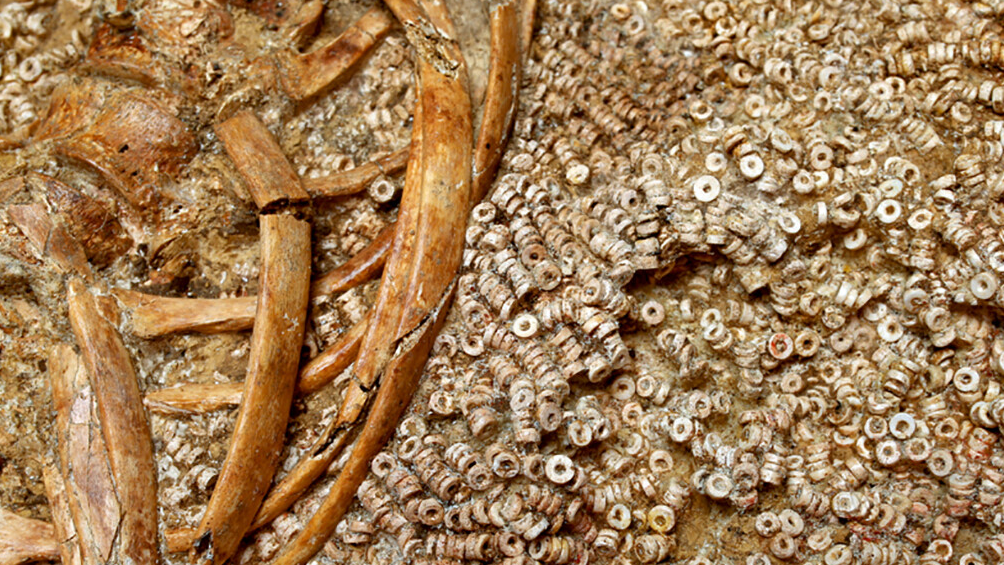
The sheer quantity of beads and the amount of time and resources needed to create them likely mean the women buried in the Montelirio tomb had high social standing, Ramírez-Cruzado said.
"These women probably exercised tasks of religious and probably political leadership in their time," he said, "managing a famous sanctuary around which important congregations of great social significance took place."
Katharina Rebay-Salisbury, a prehistoric archaeologist at the University of Vienna who was not part of in the present study but is involved with other research at the site, told Live Science in an email that "the whole site is super unusual" and the techniques used by the researchers "point to a garment that was certainly not everyday wear."
"We are now beginning to see an early social stratification process in which females played a leading role" in Copper Age Iberia, Rebay-Salisbury said.
But no other tombs have been found that are comparable to Montelirio, Ramírez-Cruzado said, which has a truly exceptional number of grave goods, and no DNA analysis has yet been done to determine whether the women in the tholos tomb were biologically related.

Kristina Killgrove is a staff writer at Live Science with a focus on archaeology and paleoanthropology news. Her articles have also appeared in venues such as Forbes, Smithsonian, and Mental Floss. Killgrove holds postgraduate degrees in anthropology and classical archaeology and was formerly a university professor and researcher. She has received awards from the Society for American Archaeology and the American Anthropological Association for her science writing.
You must confirm your public display name before commenting
Please logout and then login again, you will then be prompted to enter your display name.
